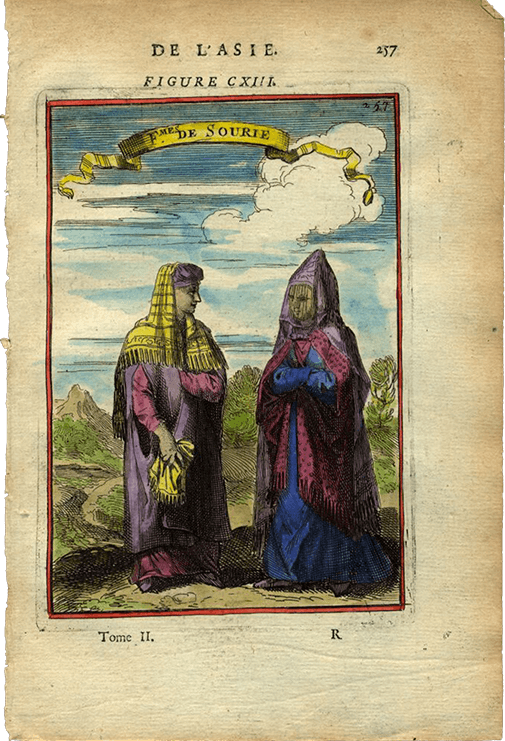Rebus
Page 257 has been sundered from an unknown codex. It has the appearance of a frontispiece, but clearly its pagination refutes this. One must presume that the illustration is central to the reason this recto has been removed, therefore focus must be brought to the image. That it has been severed from the spine and the rest of the book suggests that this image is a contemplative aid. A single leafed vade mecum. Be it for religious communion, chivalric union, or onanistic adoration. However, the near pristine condition of the folio means that it has not been repeatedly folded and secreted about the person as such private passions would enjoin. That the page exists in isolation from its hosting tome is an act of theft, therefore precluding any religious inspiration as a motive, unless somehow this image was perceived to be heretical. While it does have the superficial echo of the diabolic Tarot Card aesthetic, this particular image accords to no recognisable Arcana, major or minor. The veiled woman could be indicative of the modest unwed, or invoking some symbology around a beekeeper. The Middle Eastern head raiment of the other figure may make this an allusion to Jacob being tricked by the veiled Leah (as he himself had tricked his blind father by aping hairy Esau). But then as is the wont of more modern art, we are stopped up short by the gainsay of the text, limited as it is in this case, attached to the image. Firstly there is the proclamation of this being ‘of’ or ‘from’ Asia, which while not ruling out the Middle East setting, cuts against the stylistic grain of this being of definitively European draftsmanship. One might hazard it being of German origin, only for the ribboned motif being in French. And what a message it betokens, “the smile”. is this the wry, ironic smile of someone who is here playing a joke on us? What is the significance of this being figure number 113, equating to one image every second page or thereabouts? Is there in fact no significance to any of this at all? What is on the reverse, what does page 258 show us and why cannot we see it? I credit that there is no page 258 just as there are no pages 1-256.

